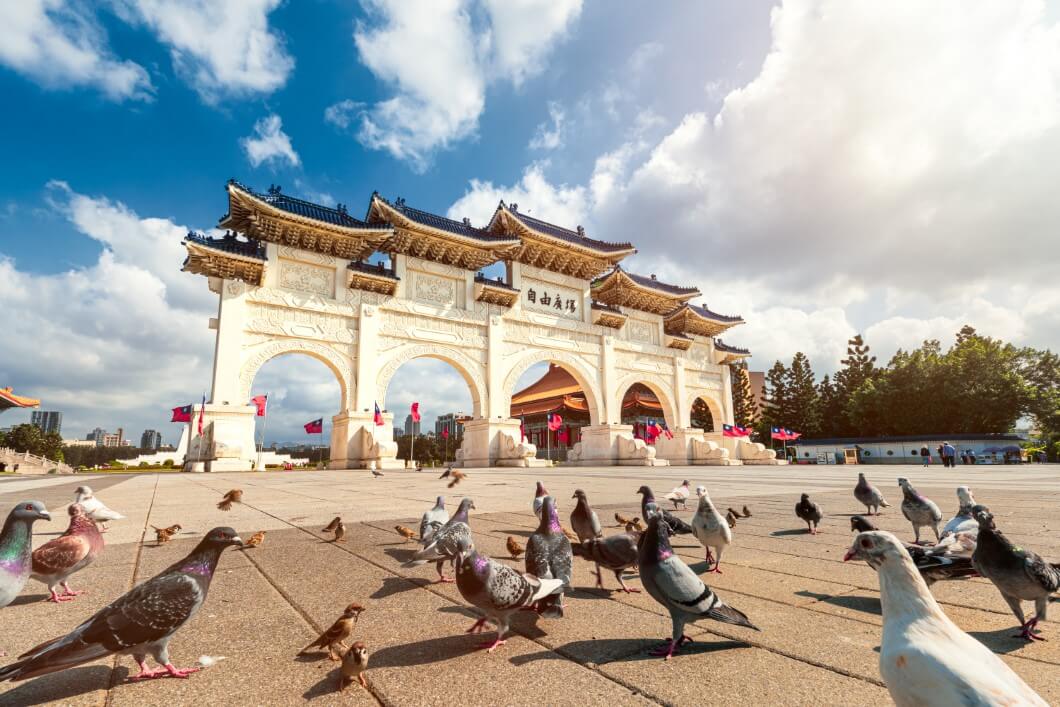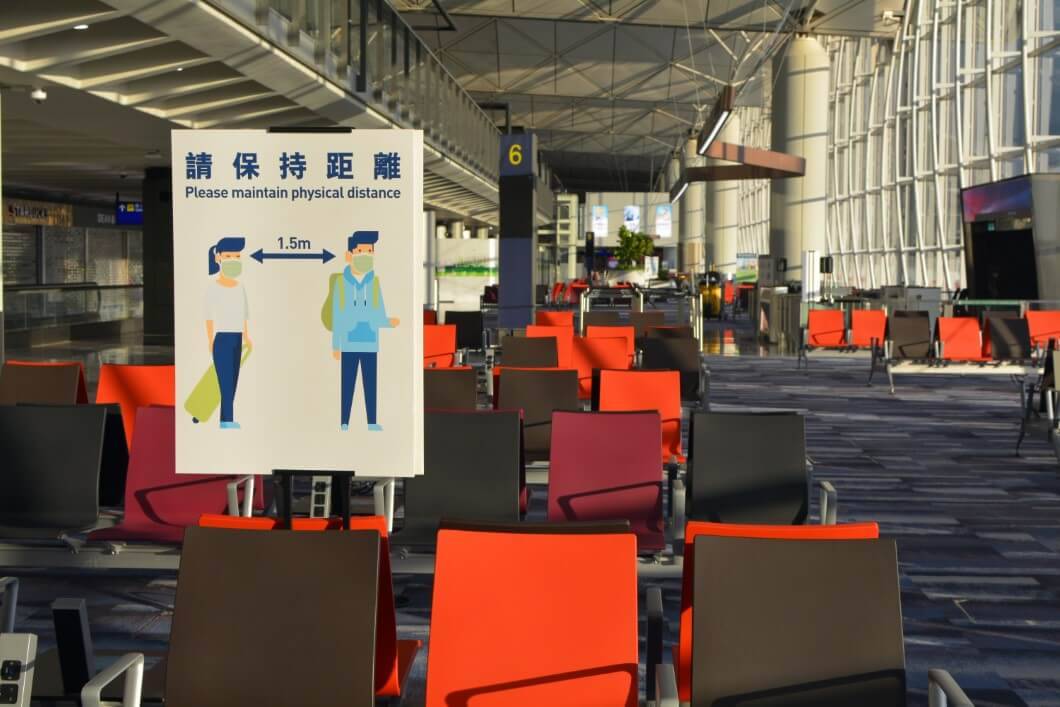The new wave of COVID-19 prompts the introduction of new restrictive measures in several Asian countries due to the increase in the number of infections and deaths.
The death toll in sparsely populated Mongolia has risen from 15 to 240. Taiwan, which was once considered successful in the fight against the new coronavirus, has reported more than 1,200 cases since last week and has quarantined more than 600,000 people for two weeks.
Hong Kong and Singapore have postponed the resumption of non-quarantine travel between the two countries for the second time following an outbreak of unknown origin in Singapore.
In China, where infections have been almost completely eradicated, new cases of COVID-19 have been reported, most likely due to contact with people who have arrived from overseas.
The situation influences efforts to return to social and economic normalization in Asia, especially in schools and sectors such as tourism, which are highly dependent on personal contact.
In Taiwan, the rise in new cases has been fueled by a highly transmissible strain of coronavirus first identified in the UK last year, according to epidemiologist and former vice president of the island, Chen Jian, the woman who spearheaded the much-vaunted response to the pandemic.
In Wanhua, Taiwan’s usually bustling district filled with fast food stalls, shops and entertainment venues, Huaxi Night Market and Longshan Buddhist Temple are closed.
All schools on the island are closed and restrictions have been extended to the entire territory: restaurants, gyms and other public places have been closed, and gatherings of more than five people indoors and more than ten people outdoors are prohibited.

Taiwanese President Tsai Ing-wen tried to reassure people who wanted to move freely again, but now faced new isolation measures. “We will continue to strengthen our medical capacity,” Tsai said, adding that the vaccine should be available soon.
Malaysia unexpectedly imposed a month-long quarantine until June 7 after authorities recorded a sharp increase in the number of new infections and the emergence of new variants of the virus.
This is the second general isolation, a compulsory measure introduced after the number of cases quadrupled since January. Now in the country the number of cases is more than 490,000 people, including 2,050 people with fatal outcomes.
Traveling between the states of Malaysia and social activities are prohibited. Schools are closed and only home delivery is available in restaurants, as hospitals are running out of space to receive more COVID-19 patients.
Singapore introduced tough social distancing measures until June 13, limiting the number of people gathered to two people and banning service in restaurants after a significant increase in the number of cases of new coronavirus. Schools have returned to distance learning after the infection of students in several educational institutions.
Hong Kong has responded to the new outbreaks by extending the quarantine from 14 days to 21 days for unvaccinated travelers arriving from “high risk” countries including Singapore, Malaysia, Japan, or Argentina, Italy, the Netherlands and Kenya.
China has set up checkpoints at airports and train stations in Liaoning province, where new cases have been reported this week.
Travelers must have a fresh negative virus test with them. Mass testing was carried out in Yingkou, a port city with maritime connections to more than 40 countries.
Thailand has over 30 deaths per day. These are the highest figures since the start of the health crisis, bringing the total death toll to over 700. The planned opening of borders to foreign tourists is likely to be delayed. Thailand’s economic forecasts for 2021 have been revised downward. The Kingdom’s economy shrank by more than 6% in 2020, one of the worst in Asia. The authorities now expect an increase in gross domestic product of 1.5-2.5% this year against the 2.5-3.5% projected earlier.
In the Philippines, President Rodrigo Duterte has softened the response to the pandemic in a bid to tackle the economic crisis and hunger. However, public gatherings are still prohibited during religious holidays in the country.
COVID-19 infection in the Philippines surged in March, reaching its worst level in Asia with more than 10,000 new cases per day. In April, Duterte decided to introduce quarantine in Manila.
Philippine Health Minister Francisco Duque said the partial resumption of economic activity, increased non-compliance with restrictions and inadequate screening of people exposed to the virus have caused a sharp rise in infections.

